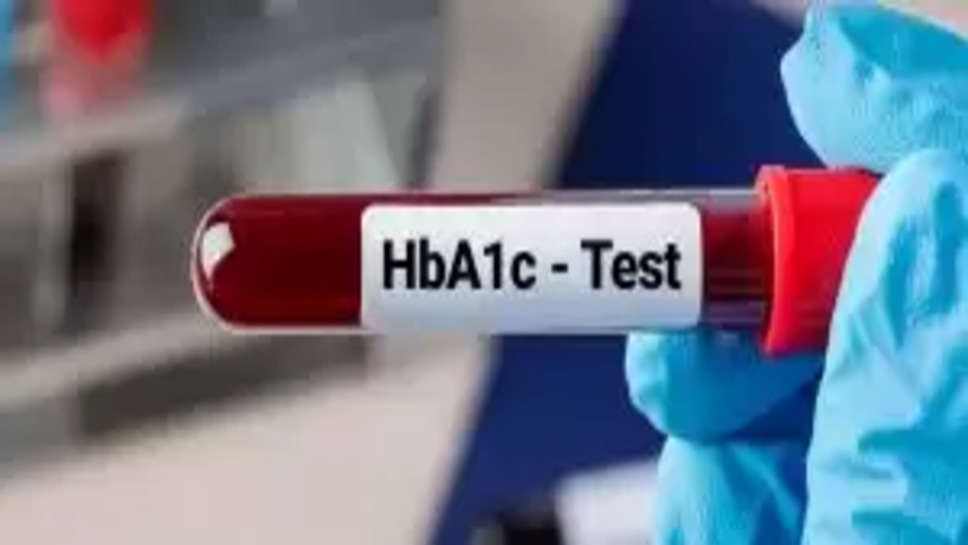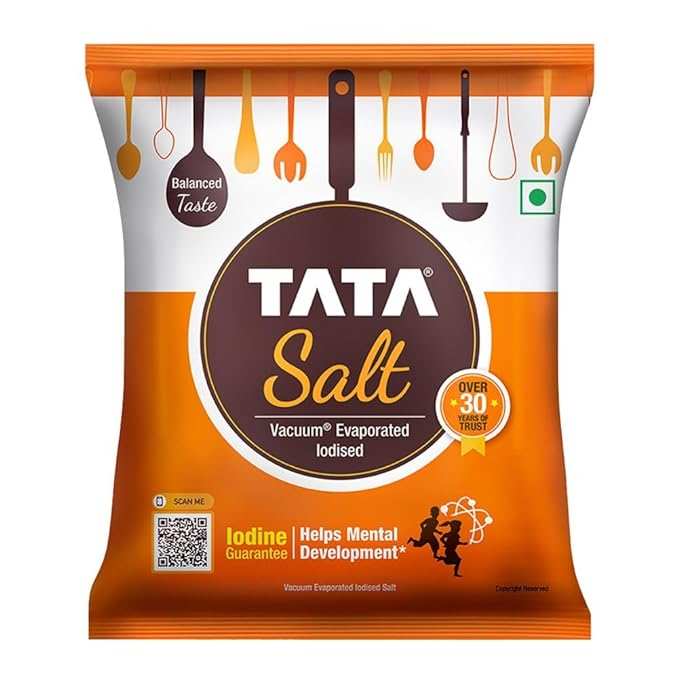HbA1c Test - Understanding the Results

With the massive lifestyle change, people are becoming more prone to diabetes. Other than poor lifestyle, age and hereditary issues also lead to diabetes. Diabetes when it becomes chronic starts affecting the other organs. Thus, it is important to detect and control it before it crosses the limit line.
One of the most popular tests that are often recommended by doctors is the HbA1c test. It is a simple and inexpensive blood test used to determine diabetes and analyze the blood glucose level in people suffering from diabetes.
If you are suffering from diabetes or going for this glycosylated haemoglobin test, then read this article to learn how to interpret the test result.
What is the HbA1c test?
HbA1c stands for glycosylated hemoglobin or glycated haemoglobin. This is a type of blood test that helps to diagnose diabetes and blood glucose levels in diabetic patients. It measures the average blood glucose level in the person over the last two to three months.
All the food we eat breaks down into a simpler compound called glucose which further gets absorbed in the blood cells and gives us energy. A hormone called insulin regulates the entry of glucose into the cells. The production of insulin gets impacted or reduced when a person suffers from diabetes and thus the glucose doesn’t reach the cells.
As a result, the amount of glucose(sugar) starts increasing in the blood. This blood glucose sticks to the haemoglobin molecule present in the red blood cells. With the increase in blood glucose level, more haemoglobin molecules get coated with the glucose.
The glycosylated haemoglobin test determines the percentage of haemoglobin present in red blood cells that are coated with glucose. This test measures the average glucose level for the past three months because red blood cells have a lifespan of three months. Thus, when the red blood cells die eventually the haemoglobin coated with glucose also dies.
A high level of glycosylated haemoglobin test shows that there is more glucose-coated haemoglobin and thus high blood glucose due to diabetes. Diabetes is a serious medical condition which can cause other health problems such as kidney disease, nerve damage, heart disease etc. However, timely treatment and lifestyle changes can regulate the level of blood glucose in the body.
What is it used for?
A glycosylated haemoglobin test is used to diagnose:
Type 2 diabetes:
Diabetes is of two types based on its severity: Diabetes mellitus and Diabetes insipidus. Diabetes mellitus is also termed type-2 diabetes. In this type of diabetes, the level of blood glucose rises to a greater extent because the body isn’t able to produce enough insulin to regulate blood sugar from the bloodstream to the cells.
Prediabetes:
Prediabetes is a condition when the blood glucose level is higher than normal but not enough to be considered diabetes. In this situation lifestyle changes such as exercise, and healthy eating habits can prevent it from becoming type 2 diabetes.
If you have a doubt about prediabetes or you are suffering from diabetes, then you should get a glycosylated haemoglobin test done to monitor the blood glucose level in your body.
What happens during an A1C test?
In this test, a healthcare professional collects the blood sample from the veins of your arm using a needle. Further, that blood is kept in a vial or a test tube and is sent for inspection. You might feel a little sting when the needle is inserted and taken out of your veins. The whole process of sample collection is done within 5 minutes. You may collect the report in a day or two.
How to interpret the results?
The glycosylated haemoglobin test determines the percentage of glucose-coated haemoglobin in the blood. There is a particular range set and fluctuations in the level indicate diabetes. The glycosylated hemoglobin percentage varies for different individuals and also depends on age and health.
The percentage range for diabetes and prediabetes is-
- Normal- below 5.7%
- Prediabetes- Between 5.7% and 6.4%
- Diabetes- 6.5% or more
If you have been diagnosed as diabetic, then your HbA1c% will be 6.5 or more. On the other hand, if the percentage of glycosylated hemoglobin is less than 6.5 then you might have prediabetes.
You can visit the doctor in case your glycosylated hemoglobin percentage is 6.5 or more for a change in medications and further treatment. Moreover, medical conditions like anemia also affect the HbA1c result because in this condition red blood cells change.
In case of a higher percentage of glycosylated haemoglobin tests, doctors recommend another diabetes test, usually an oral glucose tolerance test or fasting blood glucose test. Whatever the result is, you should discuss it with your doctor.
Wrap up-
The glycosylated hemoglobin or HbA1c test is the preliminary test to determine the presence or absence of diabetes in an individual. If fluctuations are seen the person is asked to get another more specific test done for confirmatory results.



